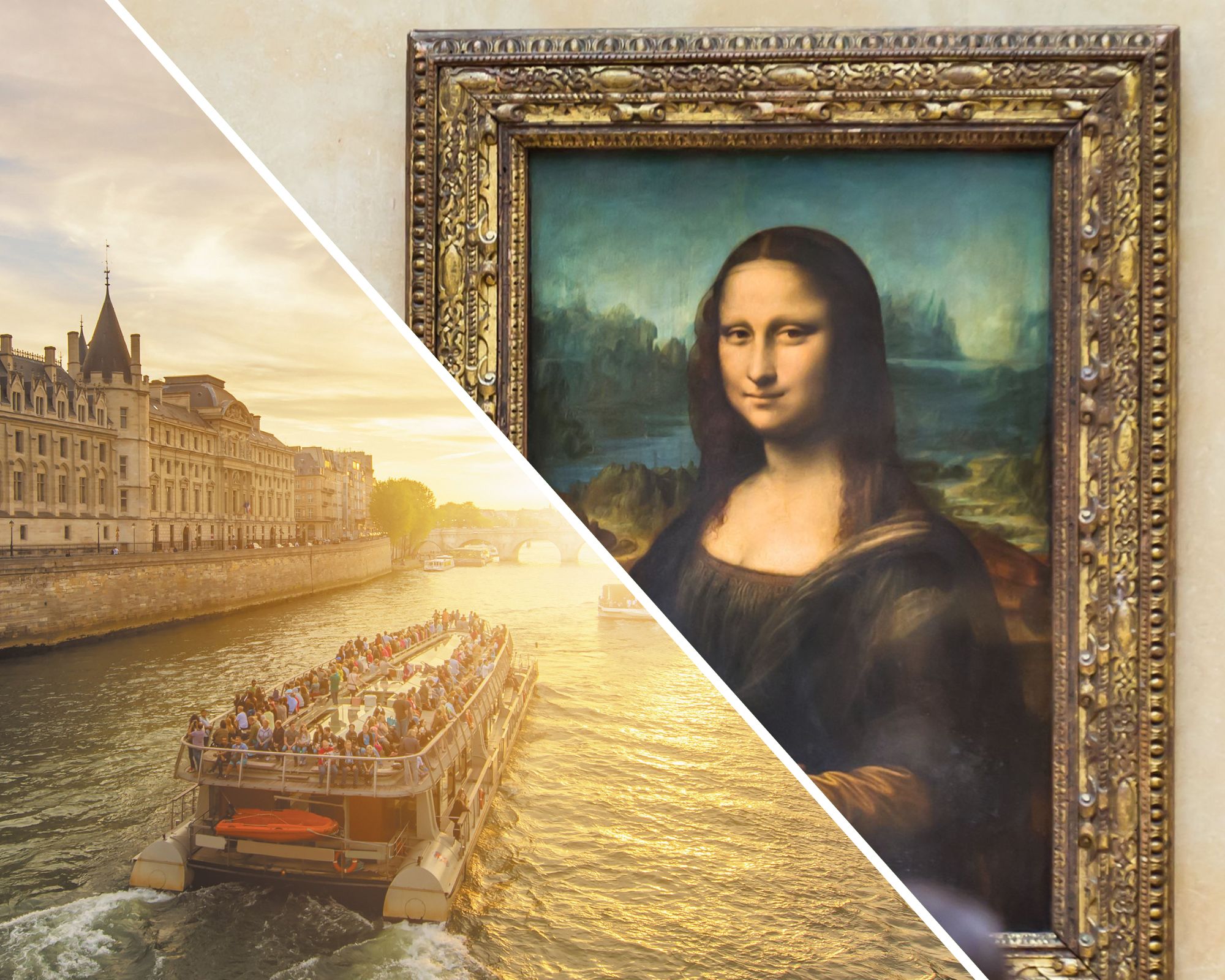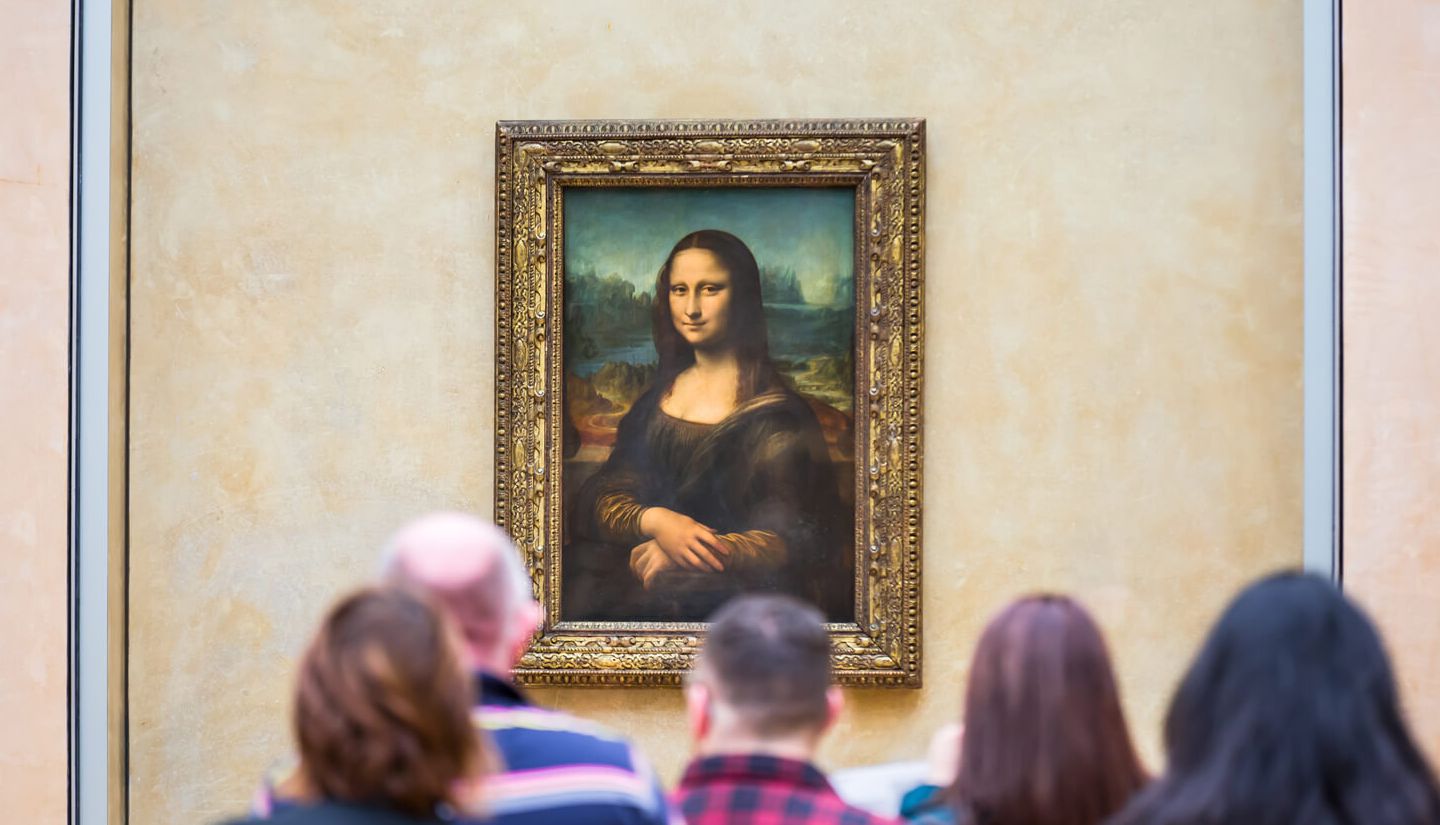Napoléon and the Louvre

The coming to power of Napoleon Bonaparte was not without consequence for French institutions. He also had a particular desire to lead the Louvre by making it his museum.
The Louvre Palace during the First Empire
The Louvre changed its name to the Napoleon Museum in 1802. Its first director was Dominique-Vivant Denon, who lends his name to one of the wings today. It is he who elevated the Louvre to the status of the largest museum in the world. Still occupied by artists, in the residential apartments, Napoleon drove them out. The businesses that occupied the courtyards in the form of huts were also removed to limit the risk of fire.
The parts dedicated to the exhibition of works of art gradually grew as new pieces were acquired. The Napoleon museum also received gifts from private individuals.
Influence on the Department of Egyptian Antiquities
The Louvre Museum has around fifty works directly connected to the Egypt campaigns started by Napoleon Bonaparte from 1798 to around 1810. It was an initiative that was to close off access to the Indies for Great Britain. France was at war with it and wanted to seize Egyptian and more eastern territories. This military campaign was accompanied by a team of scientists, botanists, and artists to study these lands. Amongst the objects brought back was the Rosetta Stone, which enabled Jean-François Champollion to decipher the hieroglyphs of Ancient Egypt.
The Coronation of Napoleon I
The Coronation of Napoleon Bonaparte as Emperor was the subject of a painting commissioned from the painter David. It is called Coronation of the Emperor and was painted between 1806 and 1807. You can see it on the second floor of the Denon wing in room 75.
It is an impressive painting measuring 32 feet long by 20 feet high. The effect it produces on its audience is on a par with the ambition of Napoleon Bonaparte at the time when he commissioned it.
Napoleon is depicted as the scene took place in the Notre-Dame de Paris cathedral on December 2, 1804. By organizing a coronation in the presence of the Pope, Napoleon Bonaparte followed the example of Charlemagne who became Emperor in Rome in the year 800. Unlike the King of the Carolingians, Napoleon decided to stand with his back to the pontiff and face his public. He was crowned before then crowning Josephine. With this act, he asserted the Empire's independence from the Church.
The painting took a long time to complete. The Emperor’s coronation was studied by David as it happened, and he even got people to pose for the preliminary studies to satisfy the commissioner’s demand. A model was then used to recreate the scene in miniature to allow him to work on creating the painting for a whole year.
However, the painting of the Coronation of the Emperor is not all that realistic. Details were added, for instance the presence of the Emperor’s mother even though she was not there at Notre-Dame de Paris.
Where to find it: Denon wing, 2nd floor, room 75
Works at the Louvre linked to Napoleon I
A witness of French history, the Louvre Museum has several works of art with direct links to Napoleon Bonaparte. Amongst them, in the Decorative Arts collection (Richelieu wing, room 10), is a tea service commissioned for the Empress Marie-Louise, Napoleon’s second wife. But the Empress Josephine is not forgotten. A portrait of her painted by Pierre-Paul Prud'Hon is visible in the same room as the Coronation of the Emperor. Room 77 houses the painting Napoleon on the Battlefield of Eylau, February 9, 1807. Painted by Antoine-Jean Gros, it depicts the visit to the battlefield. And don’t miss the statue of Napoleon in Triumph in the manner of a Roman emperor in the Sculptures Department.
Napoleon’s influence is felt elsewhere in the Louvre Museum. The space under the main pyramid is named after him. With the appointment of Denon as head of the museum, he enabled the acquisition of works that enhanced the collections that make the Louvre famous today.
Booking a Louvre tour is the best way to make sure you see all these works during your visit.


